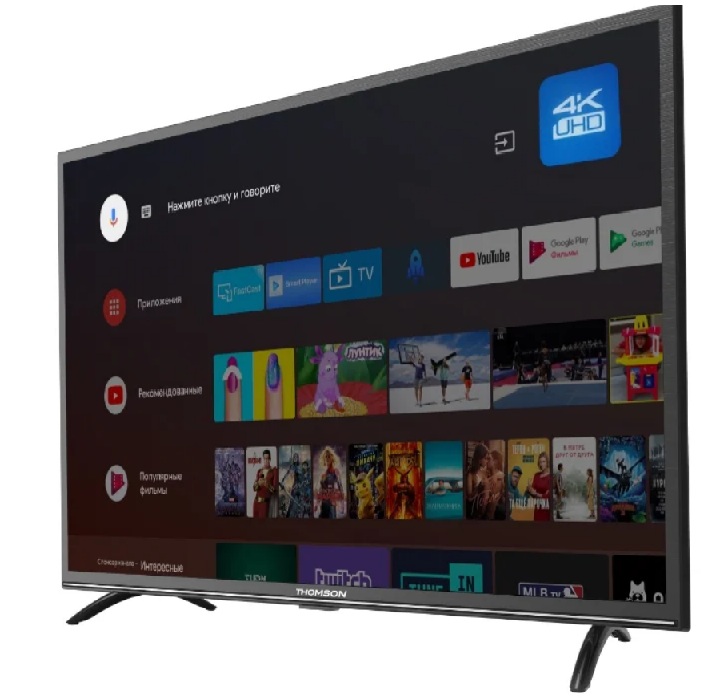Review of virtual reality glasses HTC Vive Cosmos hands-on

Immerse yourself in a game, fly to another planet, visit the period of the existence of dinosaurs, walk along the bottom of the sea among swimming sharks - all this is no longer a fantasy. Now you can do this and much more without leaving your home. Put on glasses, for example, HTC Vive Cosmos hands-on or, as they are also called, a helmet for immersing in virtual reality and everything will be possible. The time will come when virtual reality will begin to displace our gray and uninteresting real life.
Content [Hide]
VR glasses: what is it?
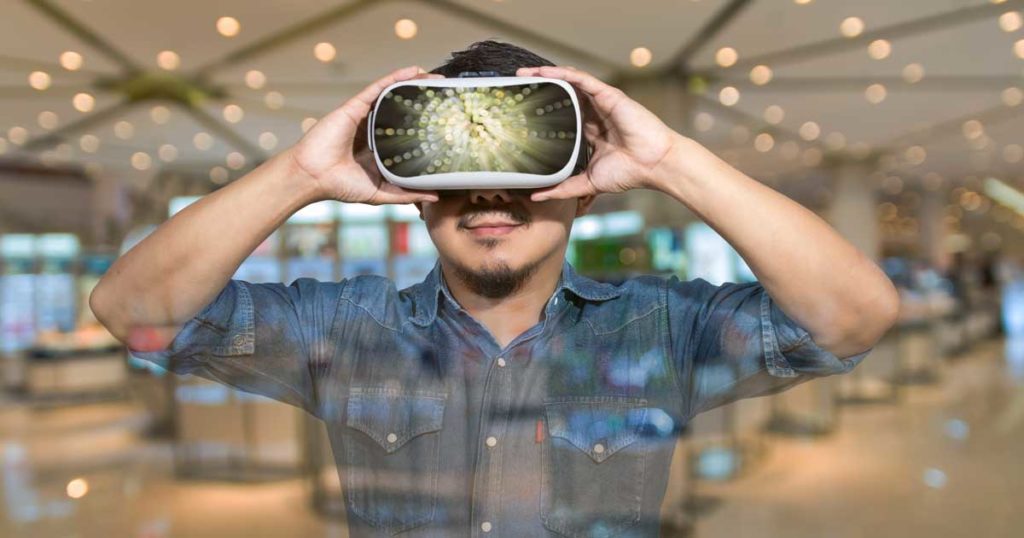
Virtual reality glasses are a special super modern device that can simulate any three-dimensional space with all its audiovisual features. Everything is perceived as real. The device consists of a plastic, and sometimes a cardboard case, which has a built-in screen and special lenses for focusing images separately for each eye. It is thanks to this adaptive transmission, separate for each eye, that the effect of being in another reality is created, and tracking of all head movements with the help of sensors (gyroscope and accelerometer) also helps.
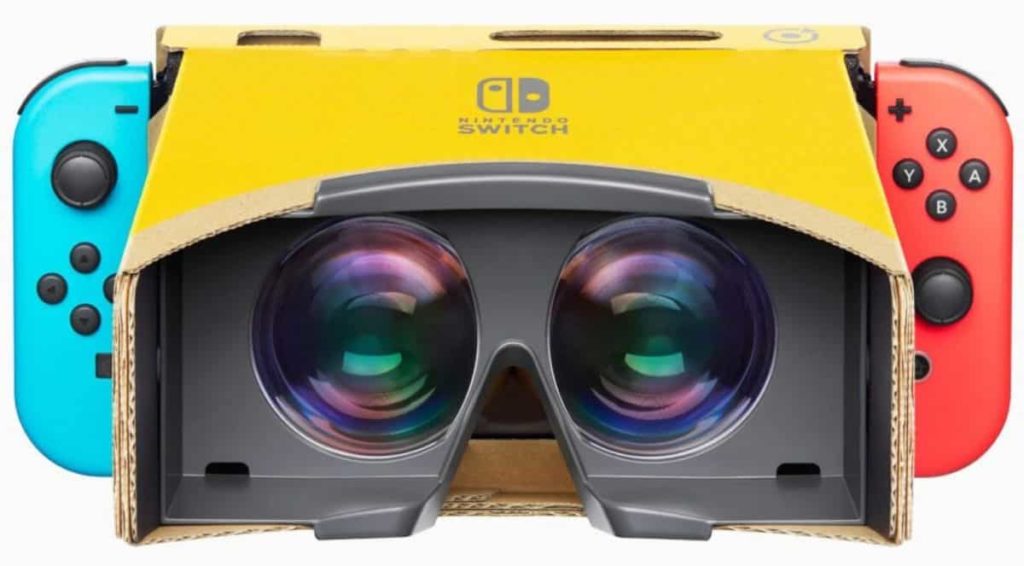
For more intensive interaction between the user and the Wirth, auxiliary parts are used, for example:
- In order to navigate in 3D, a magnetometer is used - something akin to a compass.
- To activate the user's special abilities during the game, there is a "magnetic button". With its help, depending on the scenario of the game, for example, you can shoot guns if it's a shooting game, or accelerate while driving if it's a race track.
- An indispensable addition is, undoubtedly, the remote control, which makes it possible to easily switch the settings of video applications, audio add-ons. With it, the functionality of VR glasses is greatly expanded.
- For direct interaction with objects and the interior environment, a motion controller is used.
- Headphones and a microphone are already familiar elements of any reality: surround acoustics enhances three-dimensional immersion, and using a microphone, you can enter voice commands or simply communicate with other game participants.
- In addition to direct contact devices, there are also remote ones, for example, external spatial sensors, which are located around the perimeter of the room.
Areas of use
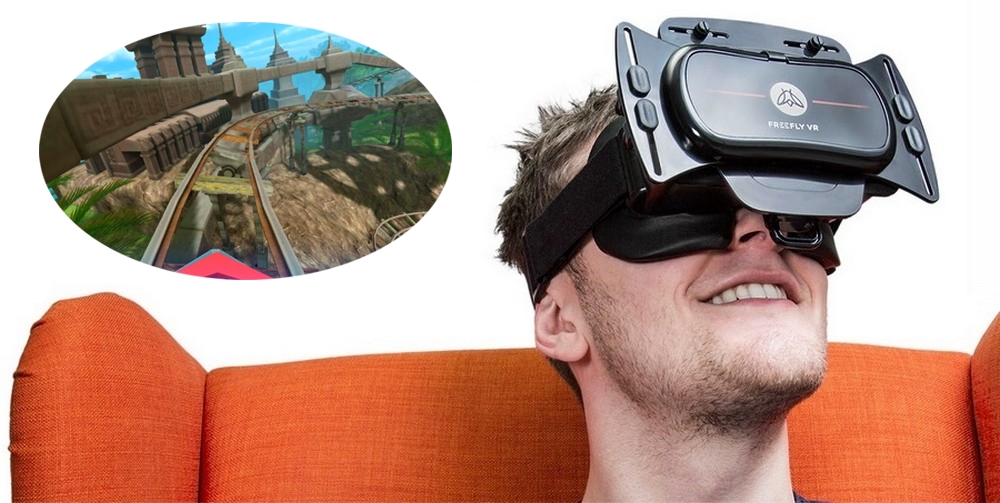
Most often, virtual glasses are used in games and when watching 3D videos, but in fact they are relevant in many other areas:
- The so-called virtual travels are gaining popularity among users, because with their help you can visit a variety of countries, visit the jungle, take a walk along the seashore in a cold winter, fly in a hot air balloon and all this without getting up from your favorite chair at home.
- VR glasses will become an essential tool in education, for example, in the study of medicine, history, physics and many other sciences. Such use will enable a more thorough immersion in research, historical eras, and experiments. It is the visualization of the object under study that encourages interest and better memorization - this is already a proven fact.
- For medicine, virtual helmets will be simply indispensable in the analysis and treatment of many diseases, such as phobias. Already, there are successful examples of VR consultations in the United States, thanks to which complex mental disorders have been cured.
- Presentations of projects using multimedia tools will soon become a thing of the past. It is much more realistic to present the project of the object, the process of its construction, giving the opportunity to delve into it with the help of virtual immersion.
And that, of course, is not all: holding mass events with the virtual presence of remote viewers, selling on the Internet, where you can present goods using VR, communication in various instant messengers will become bright and unforgettable. Those who think that virtual glasses are only games for gamers are very mistaken and will be convinced of this in the near future.
Selection criteria and estimated cost
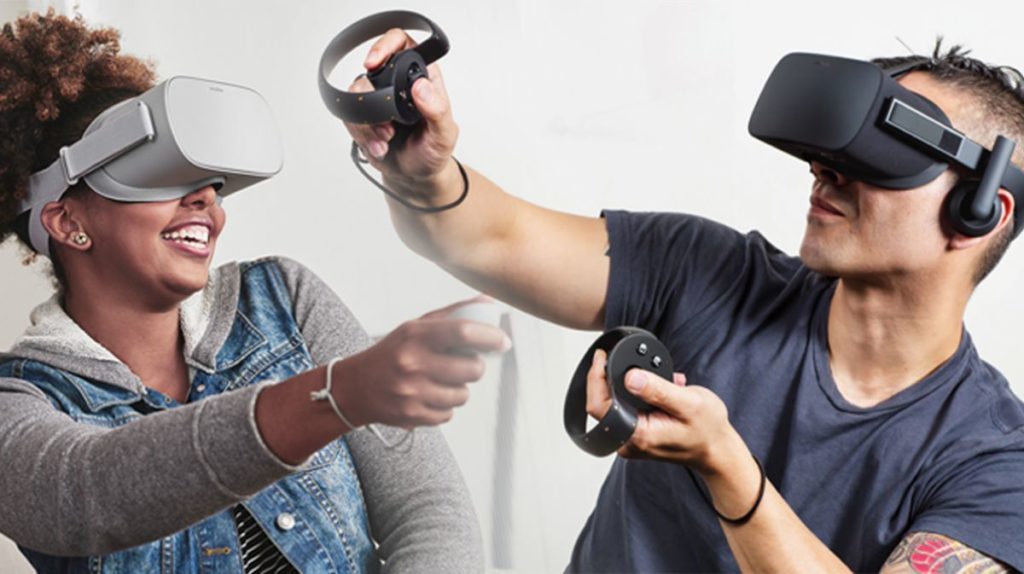
First of all, you need to decide on the device with which they will interact, as well as the affordable cost. All VR glasses are divided into 4 groups depending on what they will be connected to:
- PC or laptop;
- smartphone
- game console;
- work autonomously without being tied to a device.
Each of the types has its own characteristics, pros and cons, but they have approximately the same criteria when choosing:
- whether the parameters of the connected device are suitable for the selected glasses model (operating system, screen resolution, possible viewing angles);
- is it possible to connect additional devices to enhance the dive (connectors for external devices);
- whether the power of a PC, laptop or smartphone is sufficient to interact with VR;
- is there any additional equipment for diving (for example, a camera, special controllers).
Important!
For complete comfort while staying in the three-dimensional dimension, it is necessary to take care of a secure fixation of the helmet on the head, take into account the peculiarities of vision (if there are problems, it is necessary to provide for the possibility of adjusting the lenses), most often manufacturers indicate the total screen expansion for both eyes (to calculate, you need to divide it for two).
By price
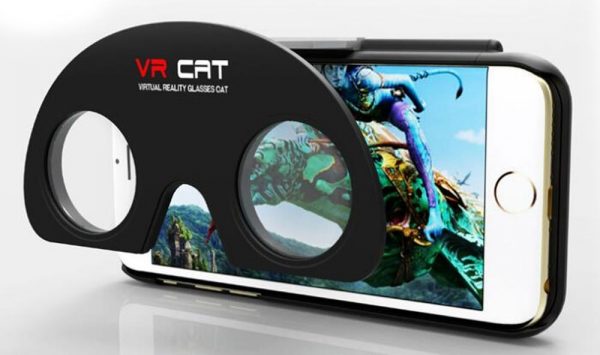
The cost depends on the complexity of the device (sensors, additional amplifiers, etc.) and the interacting device.
So, VR glasses for smart phones are the most affordable on the market at a price ($20-170). It is with them that it is better to start acquaintance with this type of technology. Devices for PCs and laptops are much more expensive and available to wealthy users or service companies. The range is between $500 and $1000. Game consoles require devices with enhanced functionality, so the price is $ 300-500.The most expensive are standalone glasses for virtual reality. Their cost reaches 3000-4000 dollars, and this makes them an unattainable dream of mere mortals. You can test them only in special virtual salons.
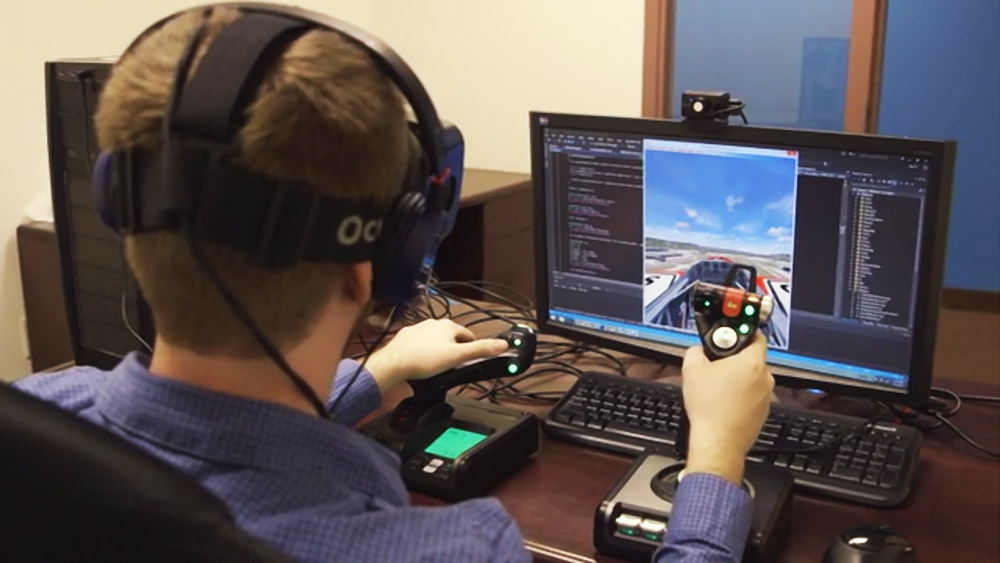
HTC Vive Cosmos hands-on: overview, parameters and features
votes 0
There are more than 1,000 different models of virtual reality glasses available on the market today. HTC, Valve, Sony, Lenovo, Samsung have become demanded and popular manufacturers of devices. Many manufacturers try their hand at high technology, for example, DJI Goggles tested VR glasses for quadrocopters, with their help you can experience the real flight of a bird and see the surroundings from a height.
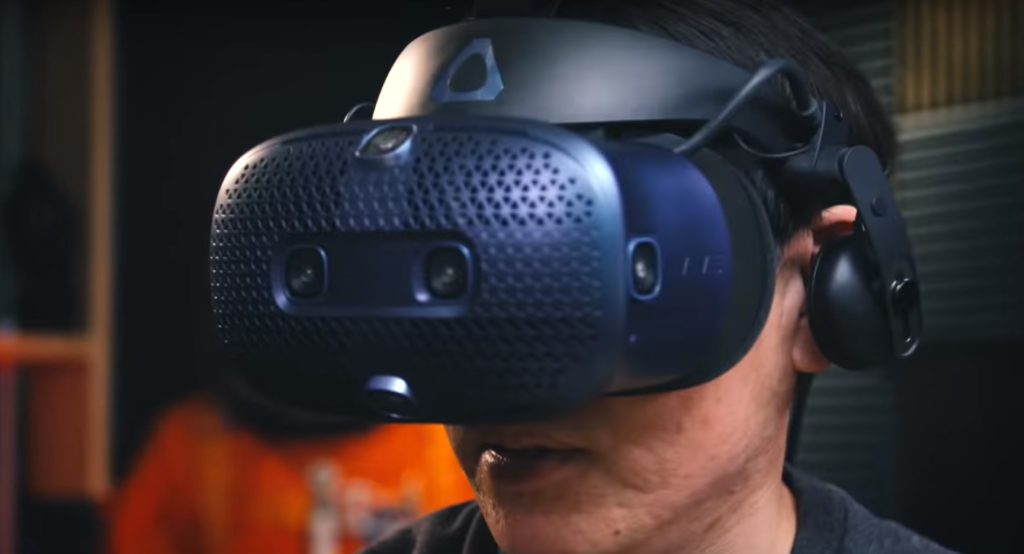
HTC remains the most advanced company in the production of devices for virtual reality. This fall, a new HTC Vive Cosmos hands-on model was introduced. Its sales have just begun in Europe. Undoubtedly, this will be the new flagship of the manufacturer, different from everything previously seen and tested.
The previously released HTC Vive Eye and the new product are fundamentally different from each other, both in design and hardware.
| Options | Characteristics |
|---|---|
| Compatibility | PC, laptop |
| Equipment | helmet with built-in headphones and microphone, joystick controllers |
| Screen | 1440*1700; RGB LCD |
| Viewing angle | 110 degrees |
| additional characteristics | internal tracking, 6 cameras, LED light for working in the dark |
| Dimensions | no exact data |
| The weight | unknown, but significantly heavier than its predecessor |
| Price | 600-700 $ |
Cosmos hands-on is recognized as the VR headset with the largest screen resolution of 2800*1700 pixels, which is used for commercial purposes. Display diagonal 3.4 inches using RGB LCD.There are not only white, but also blue, red and green LEDs for backlighting. This improves the color rendering properties, brightness and contrast of images. The screen refresh rate is 90Hz, it takes a lot of power to turn on all those pixels at 90fps.
There is no external tracking in this model. Everything is inside the helmet, which makes it quite heavy. As an internal tracking, the device is equipped with 6 cameras that are responsible for tracking the environment and controllers. They are assisted by a conventional G-sensor and a gyroscope. The controllers themselves are equipped with a separate LED backlight, which facilitates tracking in the dark, as well as their own G-sensor and gyroscope. Each controller needs 2 AA batteries to power it.
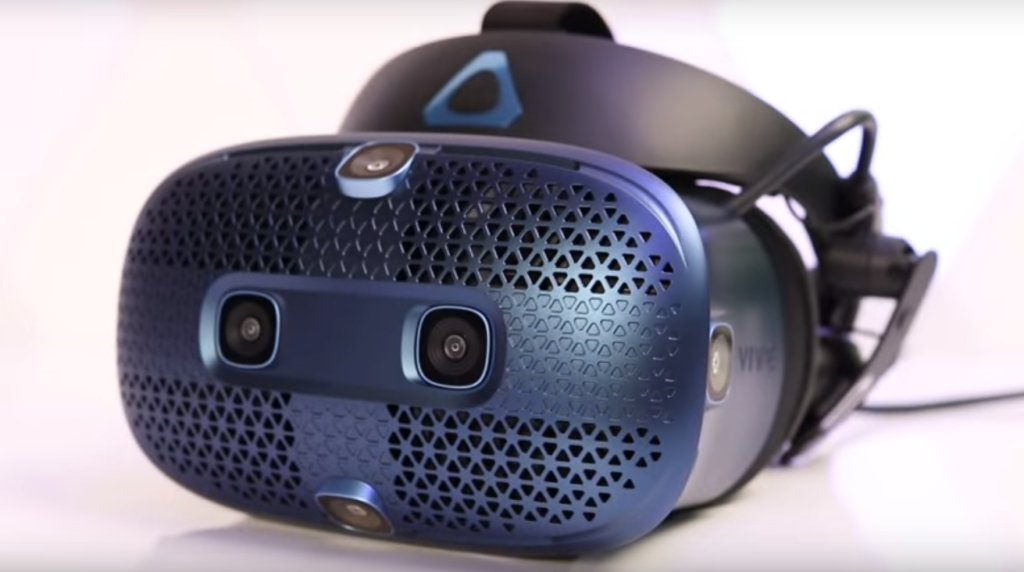
Design
The updated look is amazing. Comfortable and durable fasteners comfortably fix the helmet to the head. The new straps provide for a sufficiently large weight of the device, so they calculate a uniform load, which significantly reduces fatigue during prolonged wear.
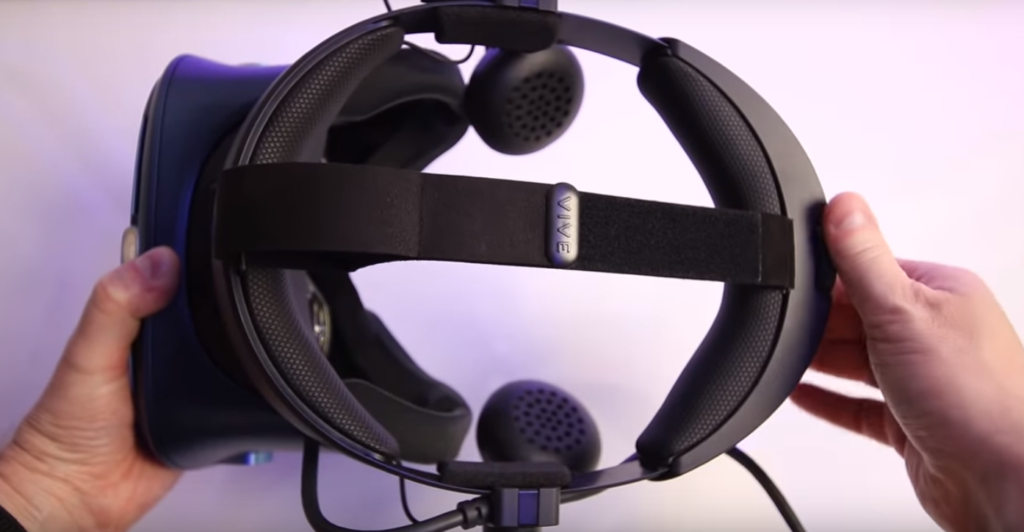
There is a folding visor with which you can easily exit and enter virtual reality without removing the device. In this headset, everything is thought out to the smallest detail, even the fact that in an active game the player sweats, and this makes the soft inserts wet. That is why they were made removable, after several sessions they can be washed and inserted back.
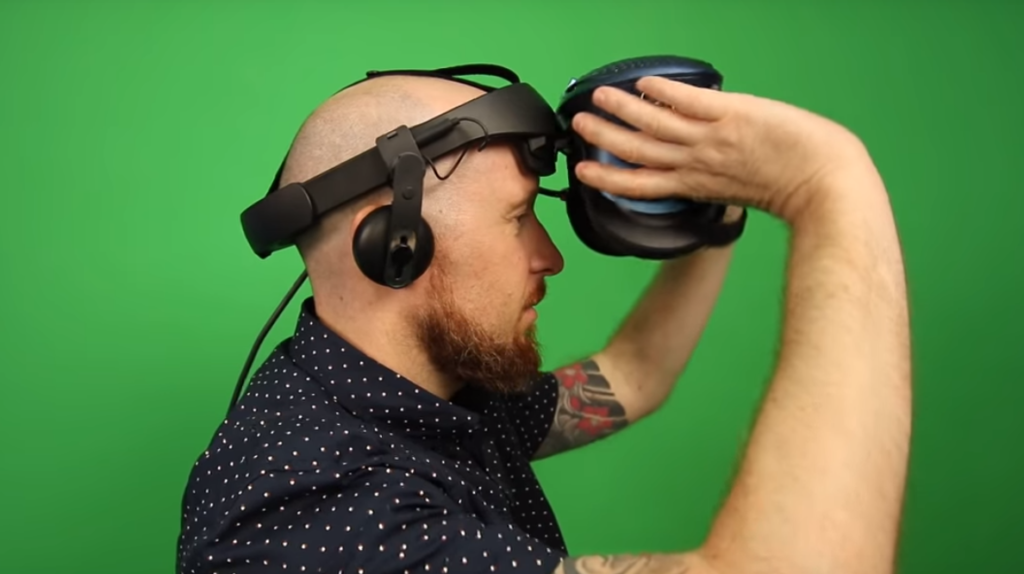
If we talk about ergonomics and design of the controllers, it is worth noting that they are quite unusual at first, mostly because of their weight. Over time, after some duration of use, the hands get used to the weight and shape.Joystick controllers do an excellent job of helping the device in creating a deep immersion in virtual reality.
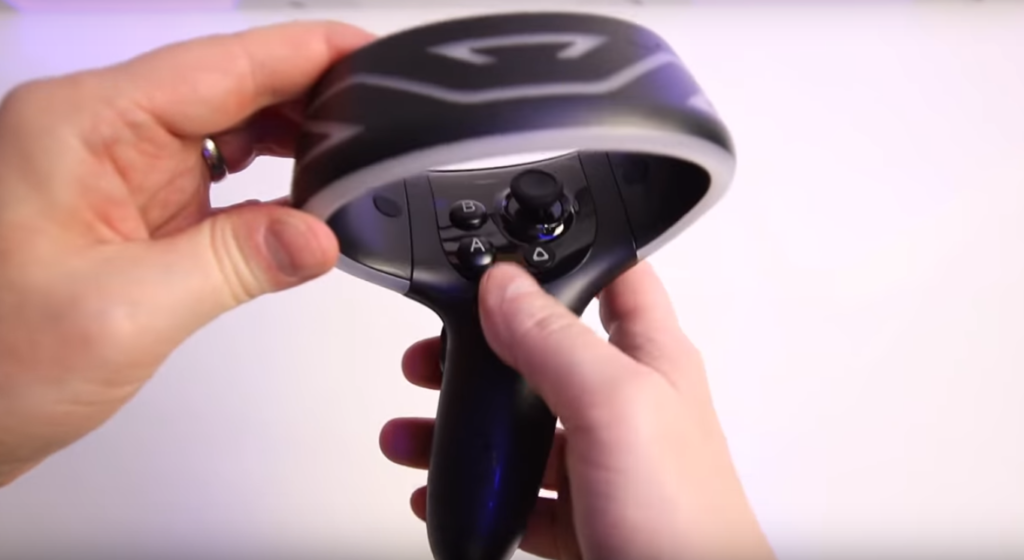
The big advantage of these VR glasses is that they are modular. This means that the included headphones can be easily replaced with other suitable ones. In addition, the front of the headset can also be replaced with a module with IR sensors instead of cameras and then interoperability with older versions of the PC is possible.
HTC worked with Intel to develop a wireless system for the adapter. Now you should no longer be afraid of the possibility of getting tangled in the wires during active play and moving around the room.
Pros and cons of new products from HTC
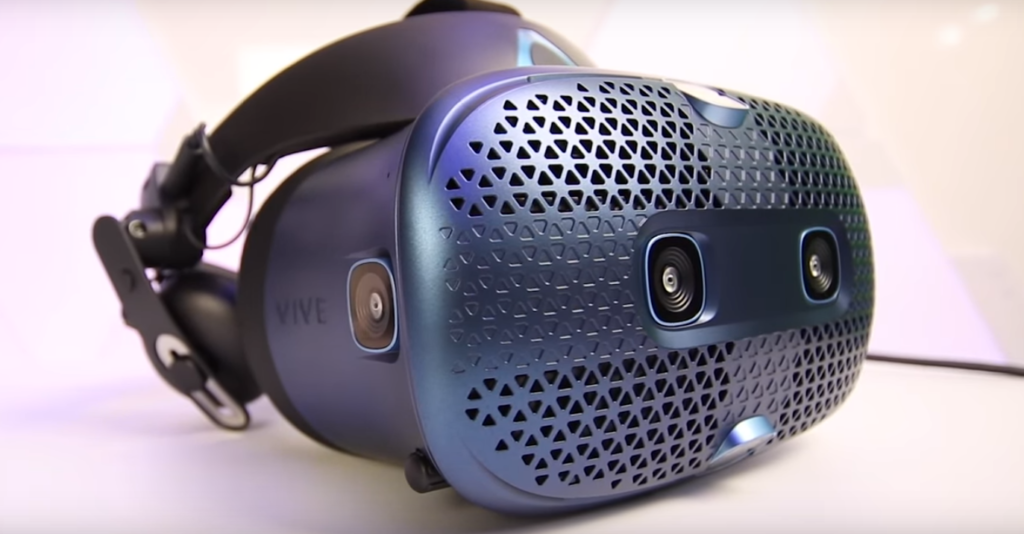
- high resolution display;
- the use of different LEDs for illumination (not only white, but also red, blue and green), which significantly improves color reproduction;
- the headset is equipped with an internal tracking system, there is no need for external add-ons that require special placement in the room;
- the helmet itself and the controllers have a separate system of illumination and sensors, which significantly increases the accuracy of the transmission of movements;
- well-thought-out fastening of glasses, evenly distributing the load, thereby reducing fatigue;
- the ability to adjust the lenses (important for those who have vision problems);
- can be worn with glasses;
- a folding visor allows the user to easily control their stay in virtual reality;
- soft body inserts are made removable, they can be easily washed between sessions;
- modular structure allows some parts to be interchanged;
- The wireless adapter frees you from wires and all the inconveniences arising from them.
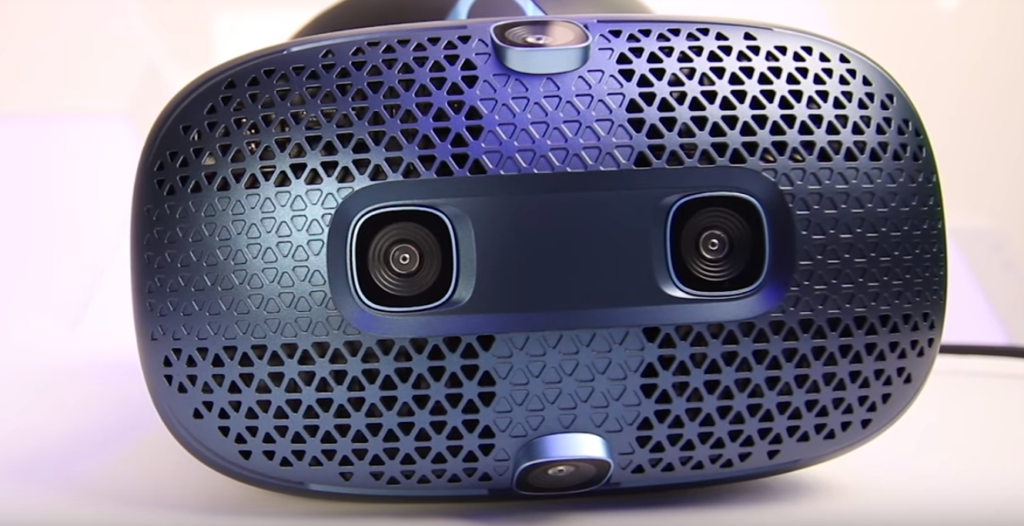
- The headset is quite heavy and this creates some inconvenience at the beginning of use;
- High cost: Vive Cosmos is not available to the average user due to its high price. Such a helmet can only be tested in special virtual reality salons.
All in all, HTC Vive Cosmos hands-on will definitely stand out from others on the market with its parameters and high, advanced features. The main disadvantage will be the inflated cost, due to which demand may be low. What is the point of spending $600 for this model if you can buy something a little simpler in terms of functionality, but much cheaper, and therefore more affordable.
new entries
Categories
Useful
Popular Articles
-

Top ranking of the best and cheapest scooters up to 50cc in 2025
Views: 131651 -

Rating of the best soundproofing materials for an apartment in 2025
Views: 127691 -

Rating of cheap analogues of expensive medicines for flu and colds for 2025
Views: 124519 -

The best men's sneakers in 2025
Views: 124033 -

The Best Complex Vitamins in 2025
Views: 121940 -

Top ranking of the best smartwatches 2025 - price-quality ratio
Views: 114980 -

The best paint for gray hair - top rating 2025
Views: 113395 -

Ranking of the best wood paints for interior work in 2025
Views: 110319 -

Rating of the best spinning reels in 2025
Views: 105329 -

Ranking of the best sex dolls for men for 2025
Views: 104366 -

Ranking of the best action cameras from China in 2025
Views: 102216 -

The most effective calcium preparations for adults and children in 2025
Views: 102011

